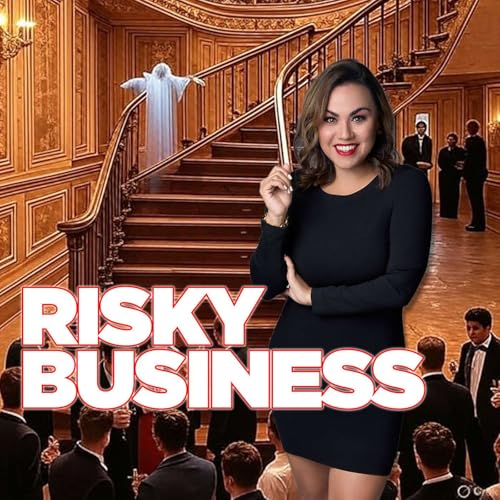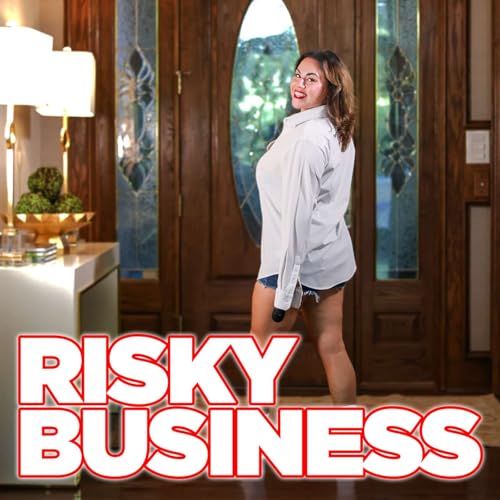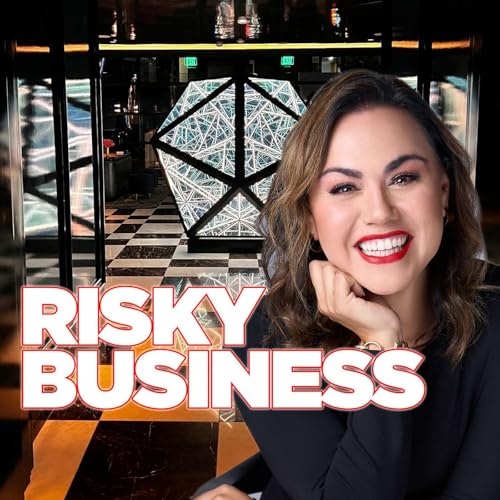Send us a text
The room glowed with candlelight, the jazz was perfect, and the staircase looked like a movie set—until one selfie turned a black tie gala into a trending hashtag. We take you to the Bourbon Orleans Hotel for a story that blends haunted lore with very real liability, unpacking how a six-step fall spiraled into Ghostgate and what it actually takes to protect people, balance sheets, and reputations when the internet shows up before the ambulance.
We start with the setup: historic architecture, dim lighting, high heels, and high-proof cocktails. Then we map the chain of failure that risk pros recognize immediately—noncompliant lux levels, a single misplaced handrail, uneven treads, and bar logs that hint at overservice. From there, we break down the coverage stack in plain English: commercial general liability for the injury, liquor liability when pouring goes too far, special event endorsements to clarify who owns what, and the overlooked linchpin of modern risk programs—crisis management coverage that funds PR counsel, media monitoring, and message control when the story outruns the facts.
You’ll hear how documentation shifts outcomes: maintenance logs that prove vigilance, training records that show bartenders know the line, and contracts that add the client as additional insured to stop morning-after finger pointing. We share the practical fixes that pay off immediately—brighter bulbs, a second handrail, anti-slip nosing, clear signage, water stations, and designated photo zones—plus the renewal changes that stick, from higher umbrella limits to annual safety audits and a tested crisis response plan. Along the way, we keep the spirit of New Orleans intact: ghost stories sell rooms, but safe design keeps margins.
If you manage events, venues, hospitality, or just love a sharp risk breakdown wrapped in a good story, this one’s for you. Subscribe, share with your ops team, and leave a quick review—what’s the one safety upgrade you’d mandate for every historic staircase?
 13 分
13 分 2025/10/1710 分
2025/10/1710 分 10 分
10 分 2025/10/037 分
2025/10/037 分 7 分
7 分 7 分
7 分 5 分
5 分 5 分
5 分
